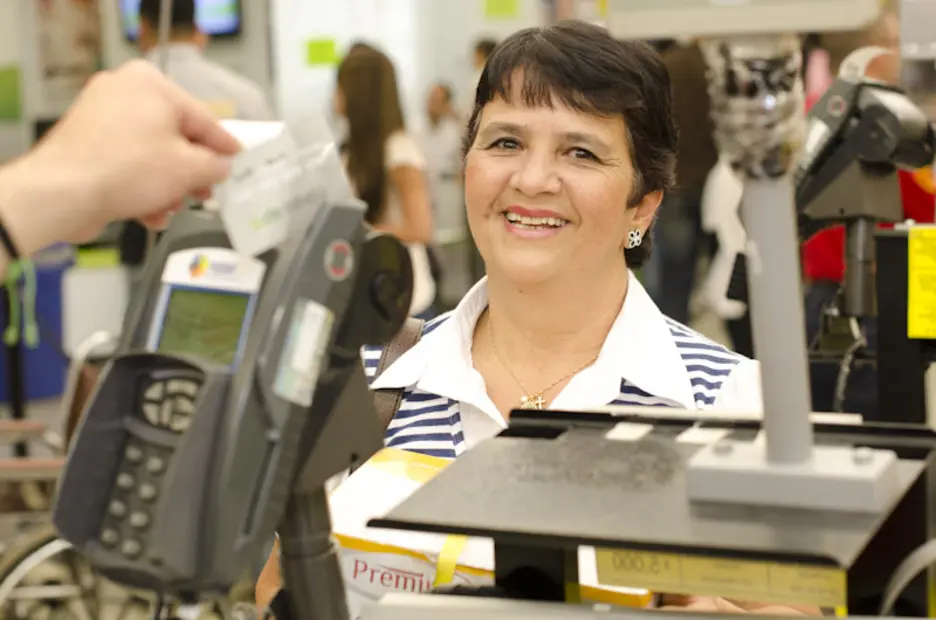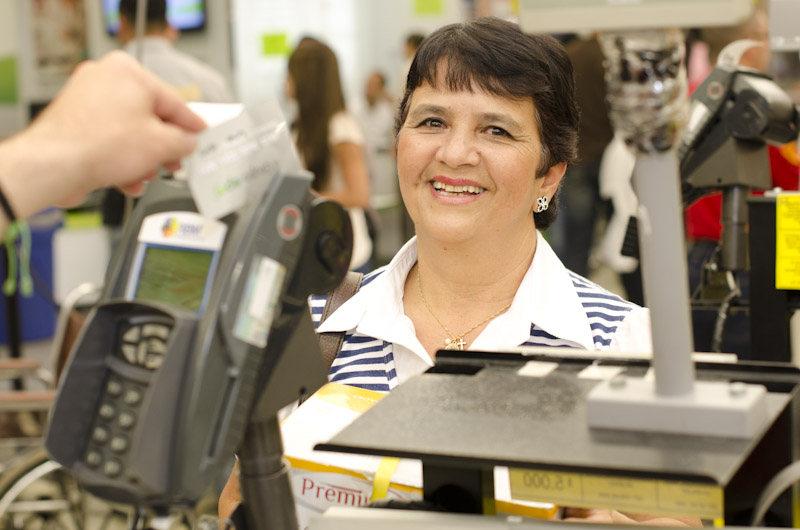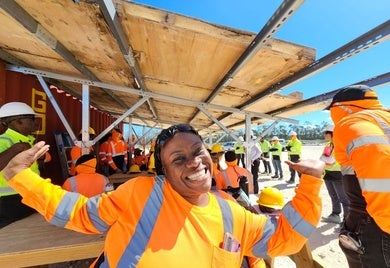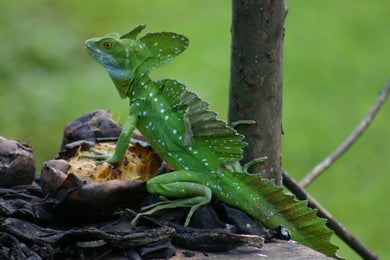Overcoming stereotypes could save your business

[caption id="attachment_4043" align="alignleft" width="404"] Businesses succeed when they can overcome base of the pyramid stereotypes.[/caption]
Businesses succeed when they can overcome base of the pyramid stereotypes.[/caption]
“Poor people cannot pay. Let’s sell them something cheap,” is a perception held by companies when they develop BOP-targeted strategies. Panelists who participated in the session moderated by Oliver Kayser, Managing Director and Founder of Hystra, agreed. The panel of four marketing experts from Brazil, Peru and Mexico discussed how getting to know the desires, needs and tastes of a company’s customer base determines the success of a business.
Aline Ross, founder and partner at LEXIA laments that the pobrecito ("poor you") attitude is a barrier to a sustainable business. The mindset blocks the ability of companies to develop good products and services that BOP populations can buy with their disposable income. Aline reinforced the message with an example of Diconsa, the Mexican state-owned store: “In rural areas, a family will pay three or four more Pesos to get the cooking oil they want and know is good quality, passing over the cheapest Diconsa brand. People simply don’t often want what is cheapest and don’t value what they get for free.”
Fellow panelist Luciana Aguiar, from Plano CDE, stressed that “the lowest cost may mean a high price” for low-income consumers if they spend their hard earned money on a product that is of poor quality. Studies have shown that for BOP consumers, the economic return must be tangible. This applies not only to traditional consumer goods, but also to services and more upscale products in financial services, such as savings or insurance instruments, which support BOP wealth accumulation.
Rolando Arellano, from Arellano Marketing, took a more dramatic stance on why companies should leave behind their BOP stereotypes. He calls for an “exorcism” of company views that marketing to the BOP must be socially focused. “There’s a lot of room in the middle (of the market),” according to Arellano, who urged companies to see the BOP as another business decision, using market intelligence and proper targeting to reach this large base of consumers more effectively.
[caption id="attachment_4044" align="alignright" width="578"] Experts on marketing to the BOP during the BASE III Forum in Mexico City.[/caption]
Experts on marketing to the BOP during the BASE III Forum in Mexico City.[/caption]
Saide Chávez, the manager of Cemex’ well-known Patrimonio Hoy (PH) deepened the discussion, sharing benefits of lessons learned from the last 17 years of running PH. Companies succeed when they provide BOP consumers with what they “like” and what they “want”, more than what they “need”. This goes in line with research on market creation and strategy that states that because the BOP has needs, doesn’t mean there is an actual market of ready customers. "It's not just a segment,” Saide insisted. “It’s a vast market made up of many individual preferences and purchasing goals. So even talking about the BOP as if it were a single market is a misnomer.”
Leaving stereotypes aside and actually getting to know the clients’ desires is key, and it must be complemented with a good quality product. It can even be the best marketing strategy: If you build trust among your BOP market clients, the “boca a boca” and friend-to-friend referrals that are used extensively in the highly dynamic social networks of the BOP can do the rest of the sales marketing for you.
Selling to the BOP doesn’t mean selling cheap products in response to what we think are basic needs that need to be met. The BOP seeks a tangible attractive return on investment to their purchases and to be understood like any other market.
LIKE WHAT YOU JUST READ?
Subscribe to our mailing list to stay informed on the latest IDB Invest news, blog posts, upcoming events, and to learn more about specific areas of interest.
Subscribe



